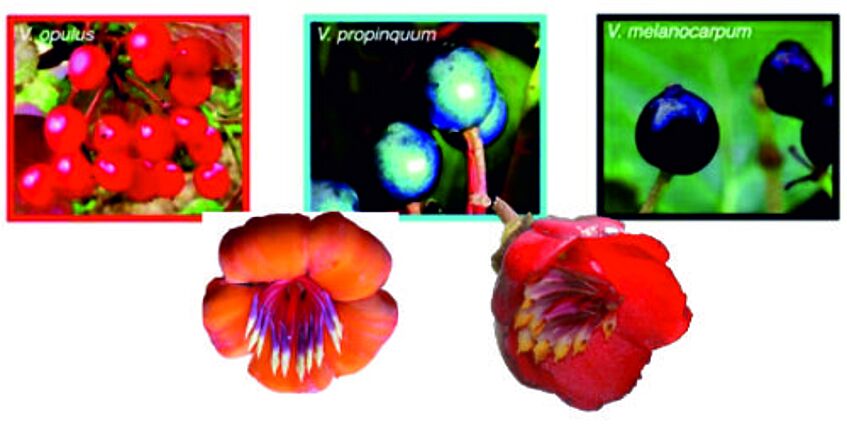WS 2022: Structural diversity in plants and fungi: from form to function
Evolutionary Dynamics of repetitive DNA in an allopolyploid monocot and its two parental taxa
Repetitive DNA significantly contributes to the evolution of genomes, particularly following hybridization. This projects aims to analyze the dynamics of the evolution of various families of repeats in two diploid cytotypes (AA and BB) of the monocot Barnardia scilloides, differing in base chromosome number and genome size, and their allotetraploid derivative using NGS (Illumina) genome skimming data. The sequnces of individual cytotypes will be clustered using RepeatExporer, the repetitive elements will be annotated and subsequently used for comparative analyses. The outcome of this project will allow patterns and mechanisms contributing to the evolution of the repeatome and accompanying changes of genome size to be inferred.
Supervisor: Hanna Schneeweiss
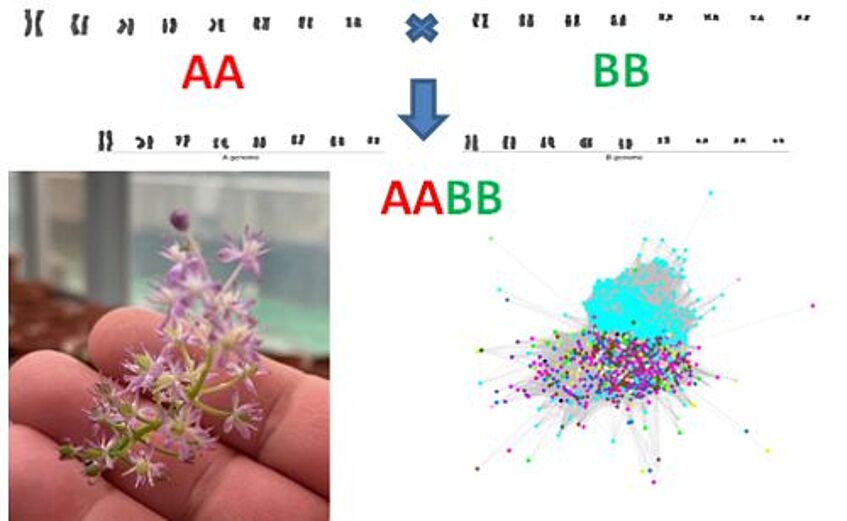
How does co-flowering with close relatives affect pollination success in buzz-pollinated species?
Co-flowering plant species with similar floral phenotypes may rely on similar pollinators and hence compete for pollinators. Measuring how much pollen pollinators remove from stamens and deposit on stigmas represents a strong test to assess whether certain species in a community suffer from pollen limitation through competition for pollinators. A suited model system to test this is Rhexia (Melastomataceae), where co-occurring species have been shown to share the same buzz-pollinating bee pollinators. It is the aim of this project to assess patterns of pollen removal and deposition from stamens and styles of Rhexia mariana collected from sites where it occurs as sole Rhexia species from sites where it co-flowers with up to seven other Rhexia species. Methods inlcude counting the amount of pollen grains left in stamens using a liquid particle counter and to count the number of pollen grains deposited using Fluorescence Microscopy; the thus collected data will be statistically tested using GLMMs. Start is only by mid November (!), as the samples are still in the US.
Supervisor: Agnes Dellinger
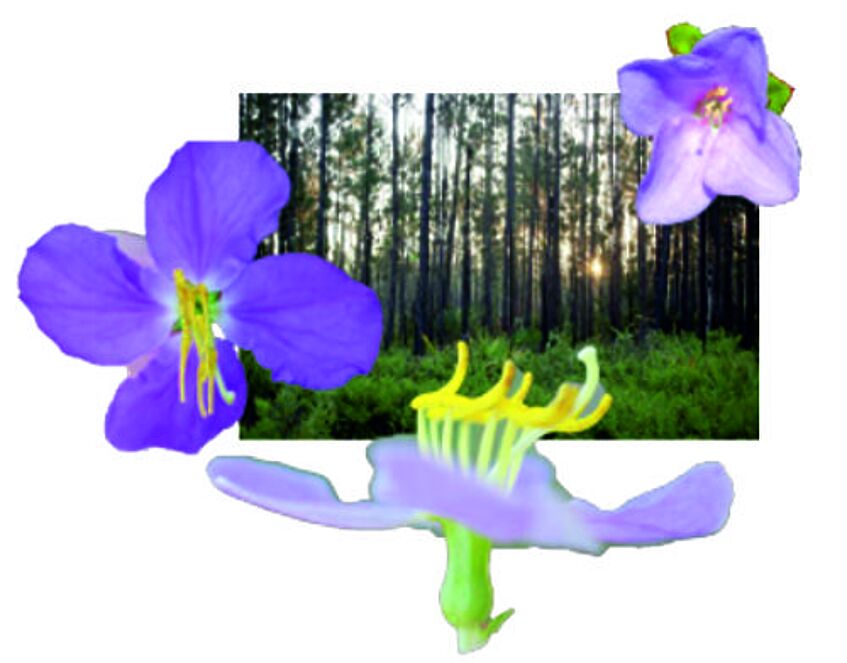
The genomic basis of adaptation to heavy metals-rich soils
This project is embedded within a large project that investigates a plant radiation on New Caledonia, a biodiversity hotspot. The complex geological history of the archipelago resulted in a wide variety of substrates, including serpentine and ultramafic, which together with sharp climatic gradients defines a wide range of ecological niches. A long distance dispersal event brought a lineage of Diospyros (persimmons or khaki) to New Caledonia roughly 1 million generations ago, where it radiated into more than 30 species, adapted to divergent soil types including serpentines and ultramafic substrates. Comprehensive analyses are ongoing around this adaptive radiation, including genomic, transcriptomic, ecological, functional and morphometric investigations. The herein proposed project may include for example demographic inferences, investigations of genome dynamics, transcriptomics, ecological analyses or a combination of these, depending on the interest of the student.
Supervisor: Ovidiu Paun
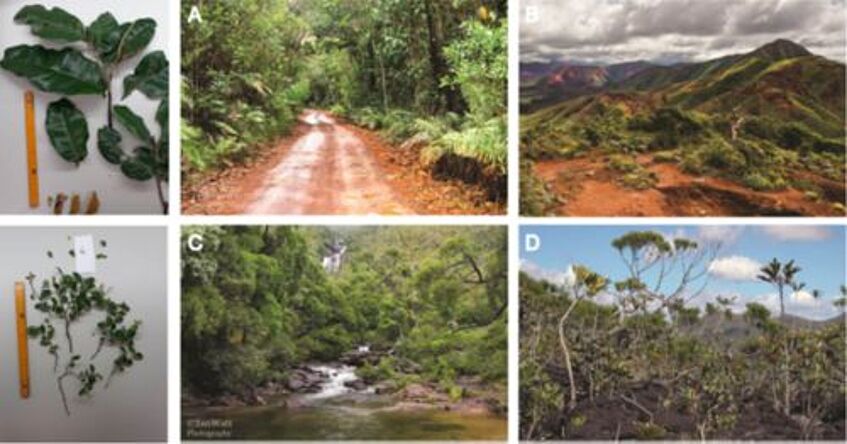
Three-dimensionally preserved fossil fruits from the Cretaceous of Southern Bohemia
The Cretaceous fossil record is crucial for our understanding of angiosperm diversification. Together with paleobotanists from Prague, we have recently collected Late Cretaceous sediments (ca. 90 million year old) from Southern Bohemia containing numerous charcoalified angiosperm fossils (mostly tiny fruits and seed). The goals of this specific research project will be (1) to extract fossils by sieving a sediment sample, (2) to sort and identify potentially interesting fossil fruits, and (3) to morphologically analyse and describe a small number of selected fossils. Methods will involve Scanning Electron Microscopy and High Resolution X-Ray Computed Tomography. The project has the potential to be extended into a master thesis.
Supervisors: Jürg Schönenberger & Maria von Balthazar
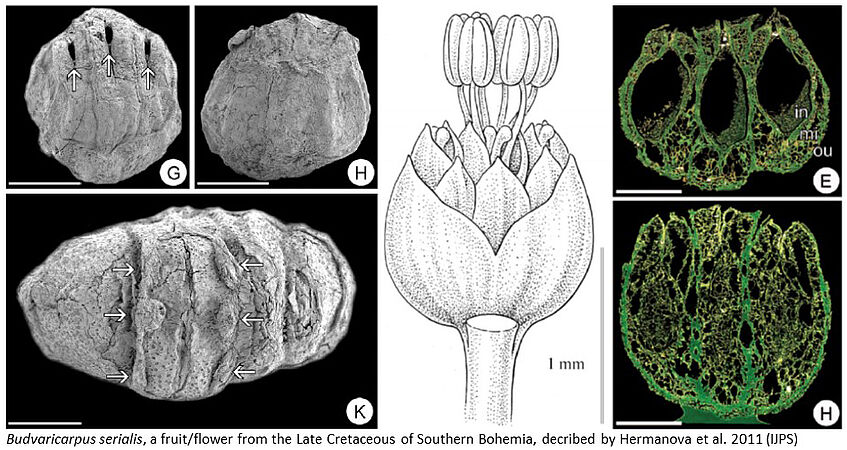
Environmental stress at the cellular level
This research project is focused on osmotic stress of plant cells. We will test specific dyes to visualize the shape of cells with and without turgor. We compare the anatomy of leaves in seed plants (cross sections) or mosses. The applied methods include microscopy, cell biology, or microtome sections.
Supervisor: Ingeborg Lang
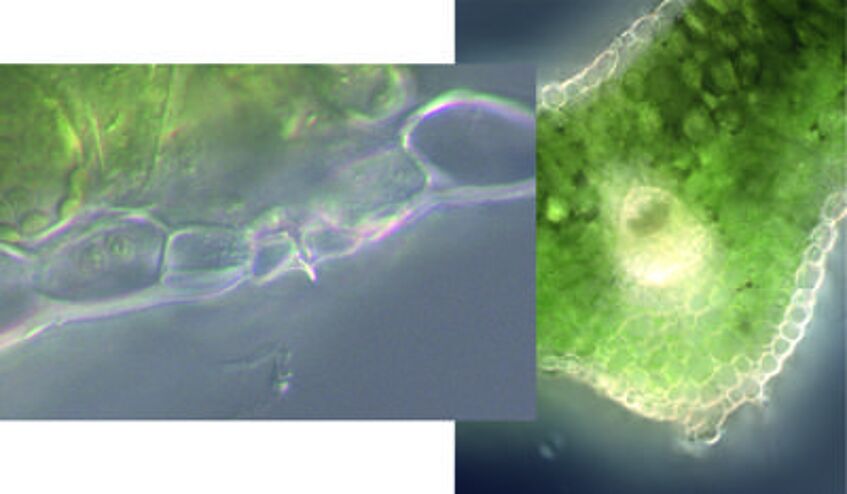
What about the genus Otidea in Austria?
In the course of this project ITS sequence data will be generated, thus contributing to the ABOL (Austrian Barcode of Life)-project. If necessary, other gene regions will be added resulting in a multigene analysis. Addressed questions inlclude: How many species of the genus Otidea are present in Austria? Are there cryptic entities? The source of material for study will be the fungarium of Vienna University. In addition to sequencing morphological studies using light and maybe also electron microscopy will be conducted.
Supervisors: Irmgard Greilhuber & Michael Barfuss
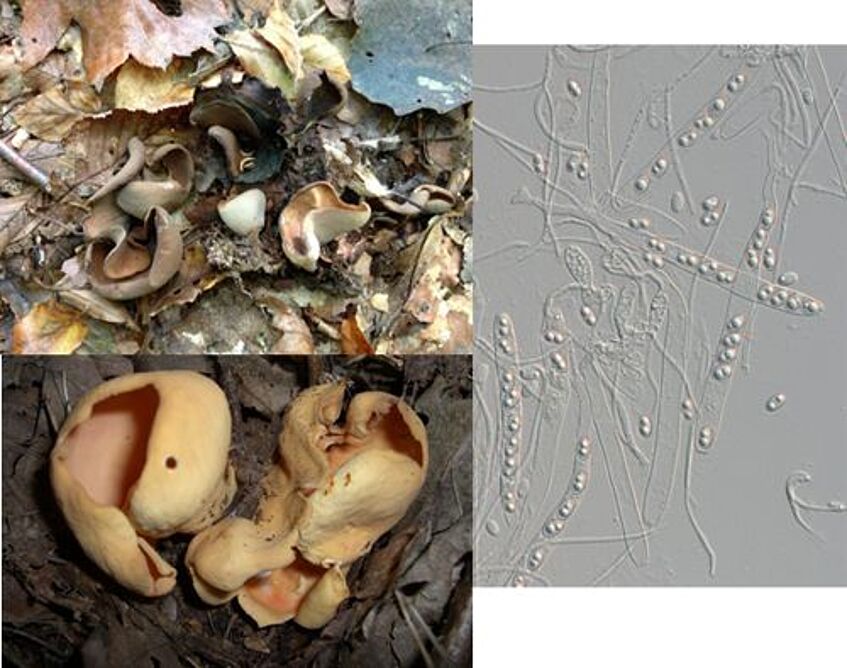
Comparative analyses of repetitive DNA profiles of the major Bryophyte lineages
Repetitive DNA is an important and often dominant component of most plant genomes. The majority of genomes characterized so far belong to angiosperms, and very little is known about the genomic landscape of repetitive DNA families in Bryophytes. This projects aims to analyze the repeats of representatives of the three major lineages of Bryophytes, hornworts, liverworts and mosses, using NGS (Illumina) genome skimming data. The sequnces will be clustered using dedicated software, the repetitive elements populating the genomes will be annotated and characterized, and novel satellite DNAs will be isolated for further cytogenetic analyses. These will subsequently be used for comparative analyses.
Supervisors: Hanna Schneeweiss
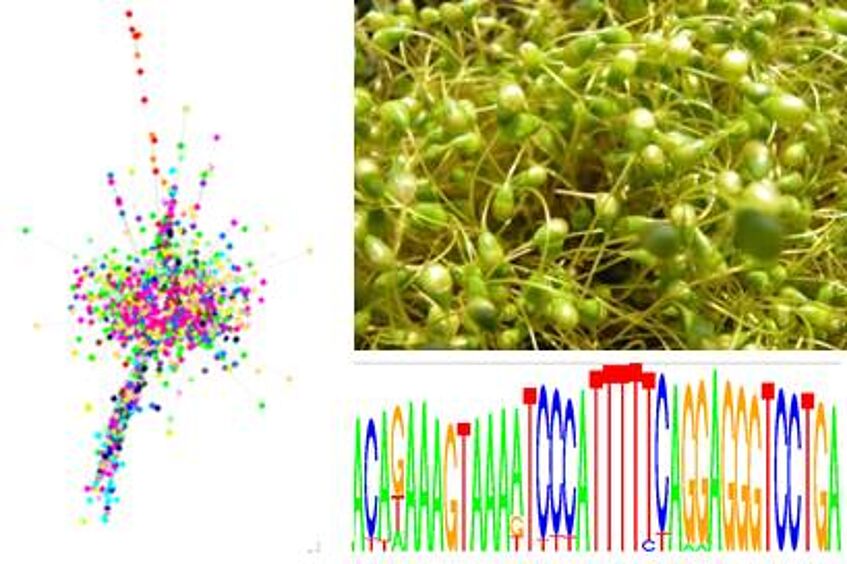
Transcriptomic drivers of plant adaptation to the desert
Whole genome duplication (i.e., polyploidy) has profoundly shaped plant genome evolution. Over time, polyploids undergo adjustments of their genome and function, thereby altering their ecological properties. For example, some members of the allopolyploid Nicotiana section Suaveolentes occupy highly exposed sites in the deserts of the dry Australian interior, whereas their sister species remain confined to coastal or shaded, protected habitats. This project will use a drought experiment to investigate the genes and pathways involved in extreme plant adaptation to the desert, focusing on species pairs with contrasting resistance to drought. It will involve wet lab RNA work on leaves and roots, together with investigations of photosynthesis and/or quick bioinformatic analyses, depending on the interest of the student.
Supervisor: Ovidiu Paun
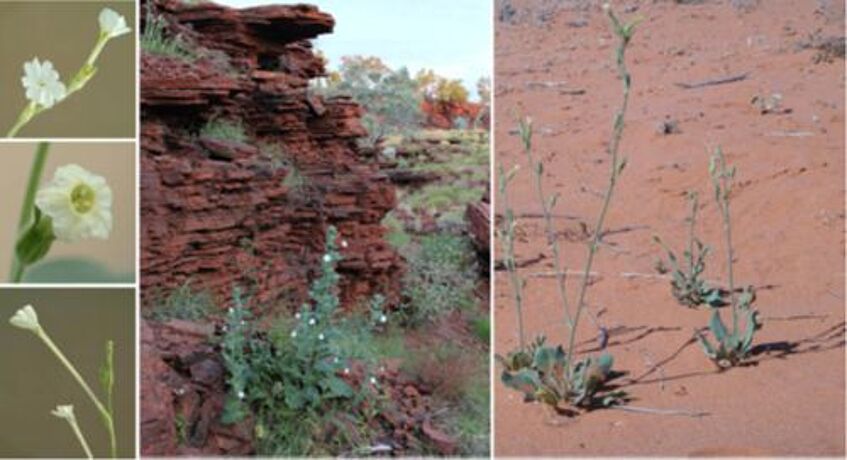
Does fruit and flower color diversity correlate across angiosperm clades?
Colors are important visual signals attracting animals to plants. Pollination and fruit dispersal represent two mutualistic interactions that plants and animals commonly engage in, and both are essential during plant reproduction. The importance of these interactions (animals as pollinators and dispersers of plants) is mirrored at macroevolutionary scales by significant increases in diversification rates of many plant clades that engage in mutualistic interactions with animals. As different groups of animals are pollinators and dispersers, with insects being the most important pollinators, but birds representing the most important fruit dispersers, and as the colorful attractive structures of flowers and fruits are often made up of different tissues organ types, we do not know yet to what extent flower and fruit colors are correlated within species and plant clades. Hence, investigating whether there are consistent patterns in flower and fruit color distribution across clades is the aim of this project. To this end, flower and fruit color for selected plant clades will be recorded through screening of primary literature and images (e.g. INaturalist) and correlation patterns among colors and color diversity will be analysed. Data collection (October til December) and analyses (January) cna be done mostly remotely, worklflow and progress will be monitored via regular Zoom meetings.
Supervisor: Agnes Dellinger
